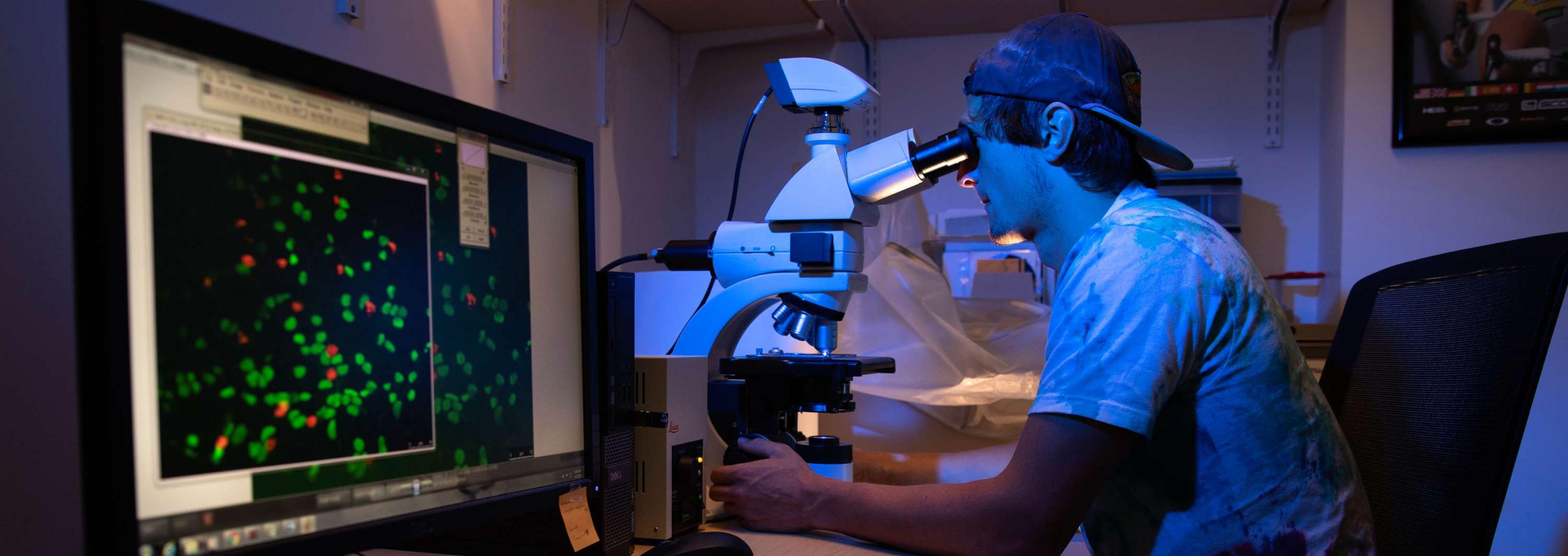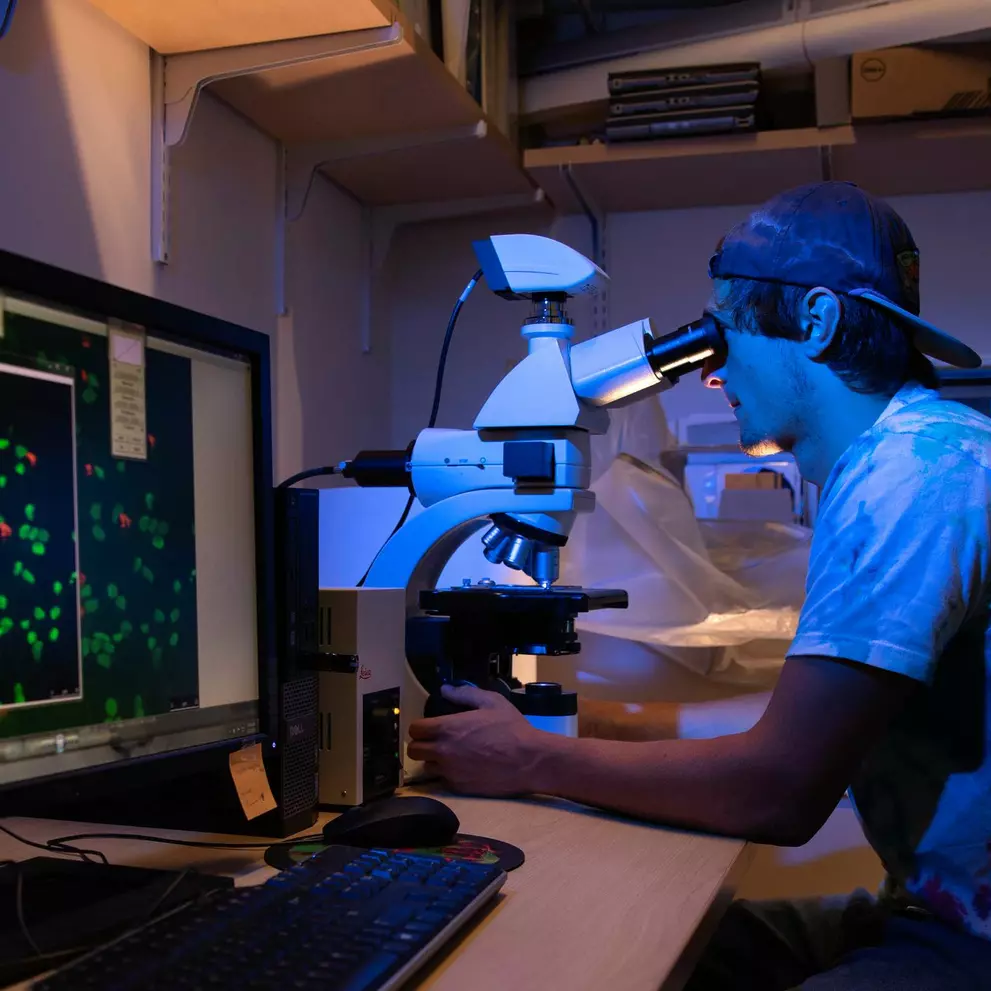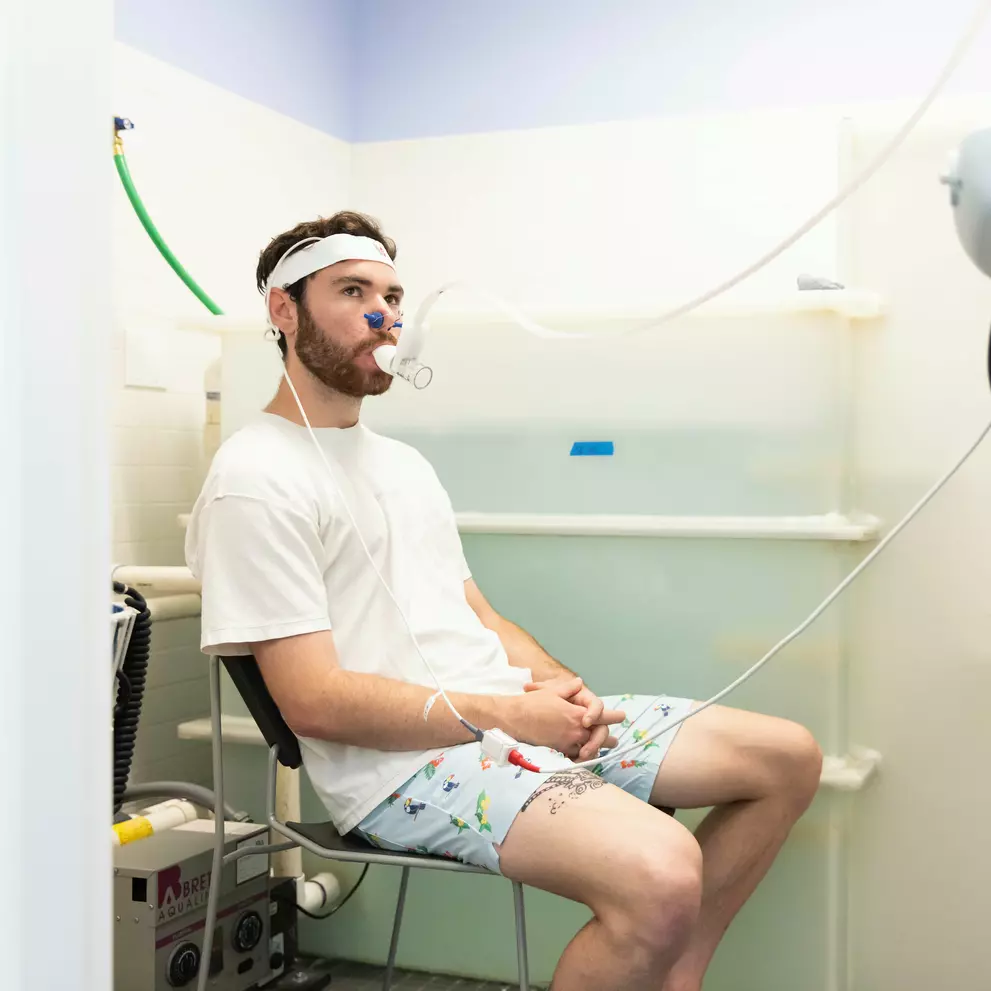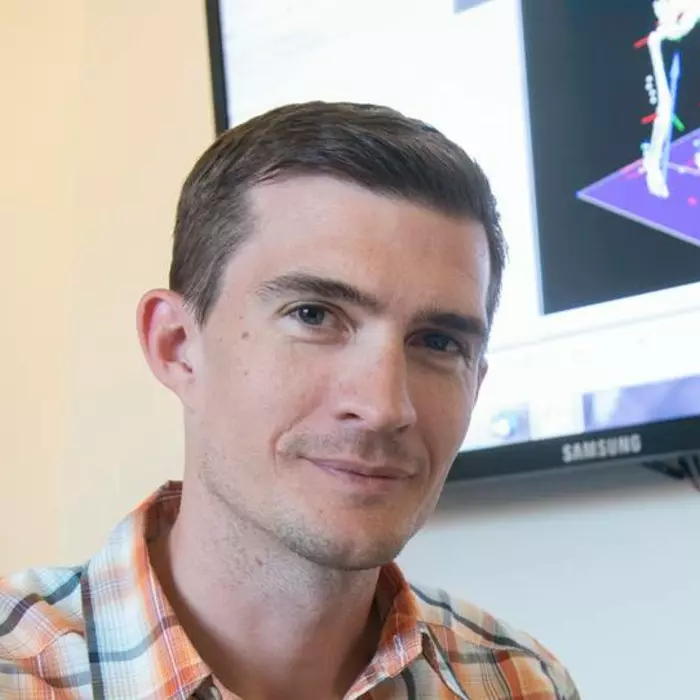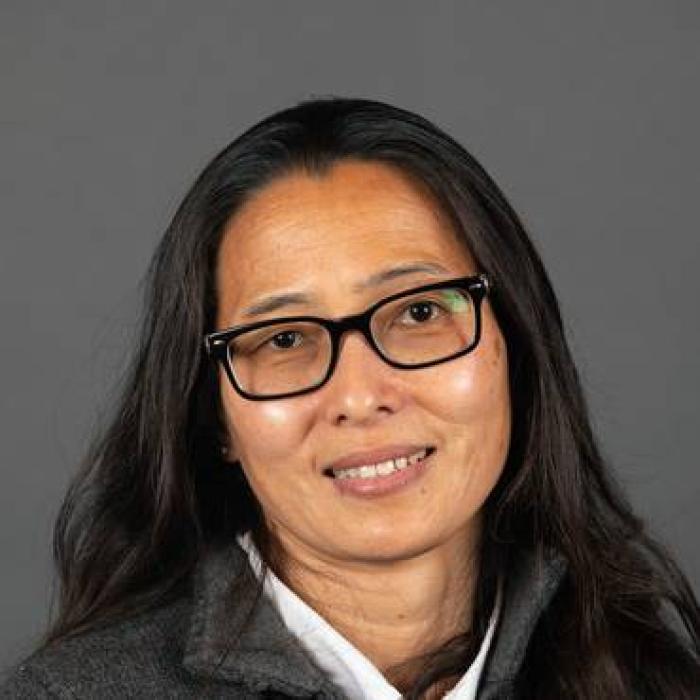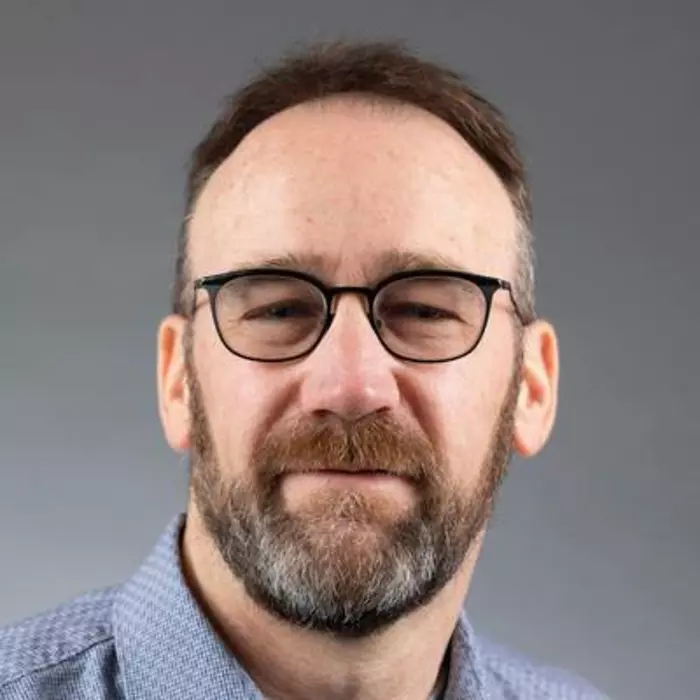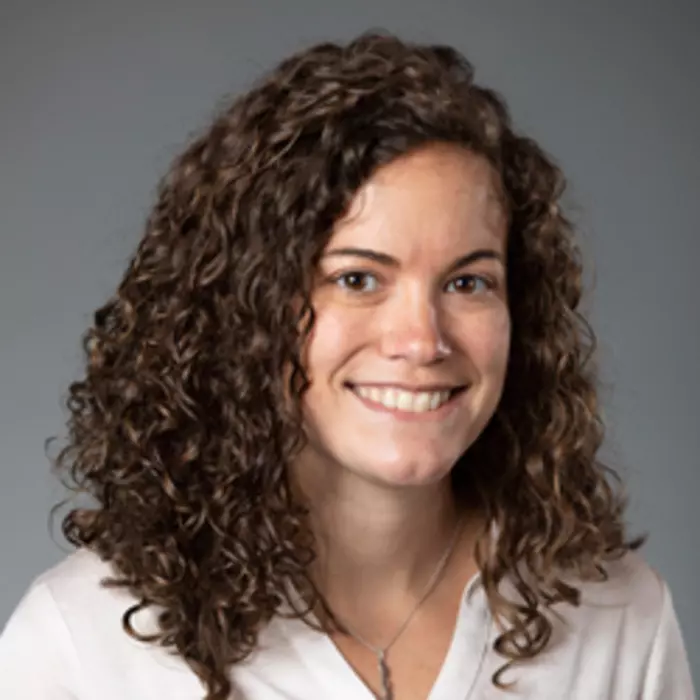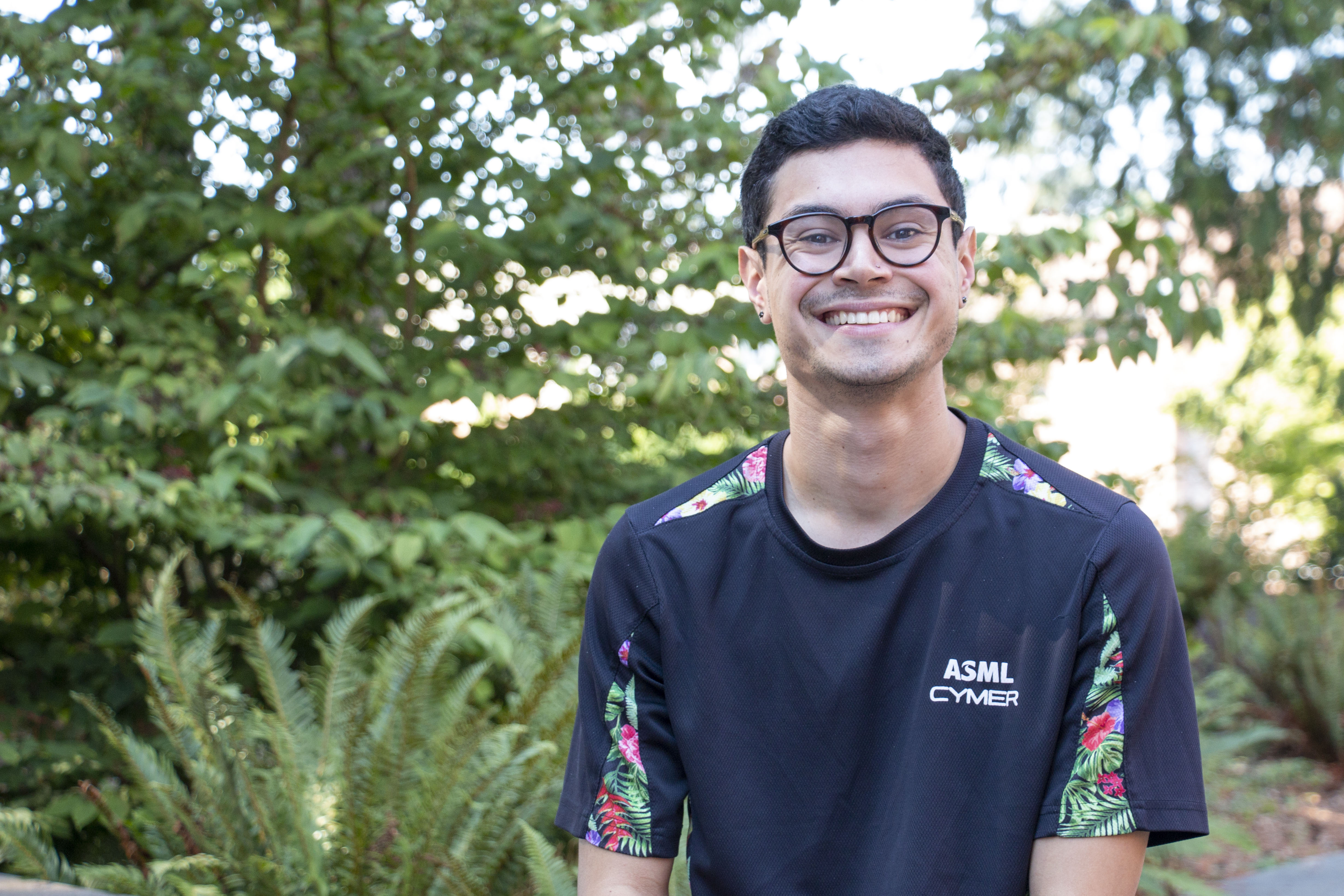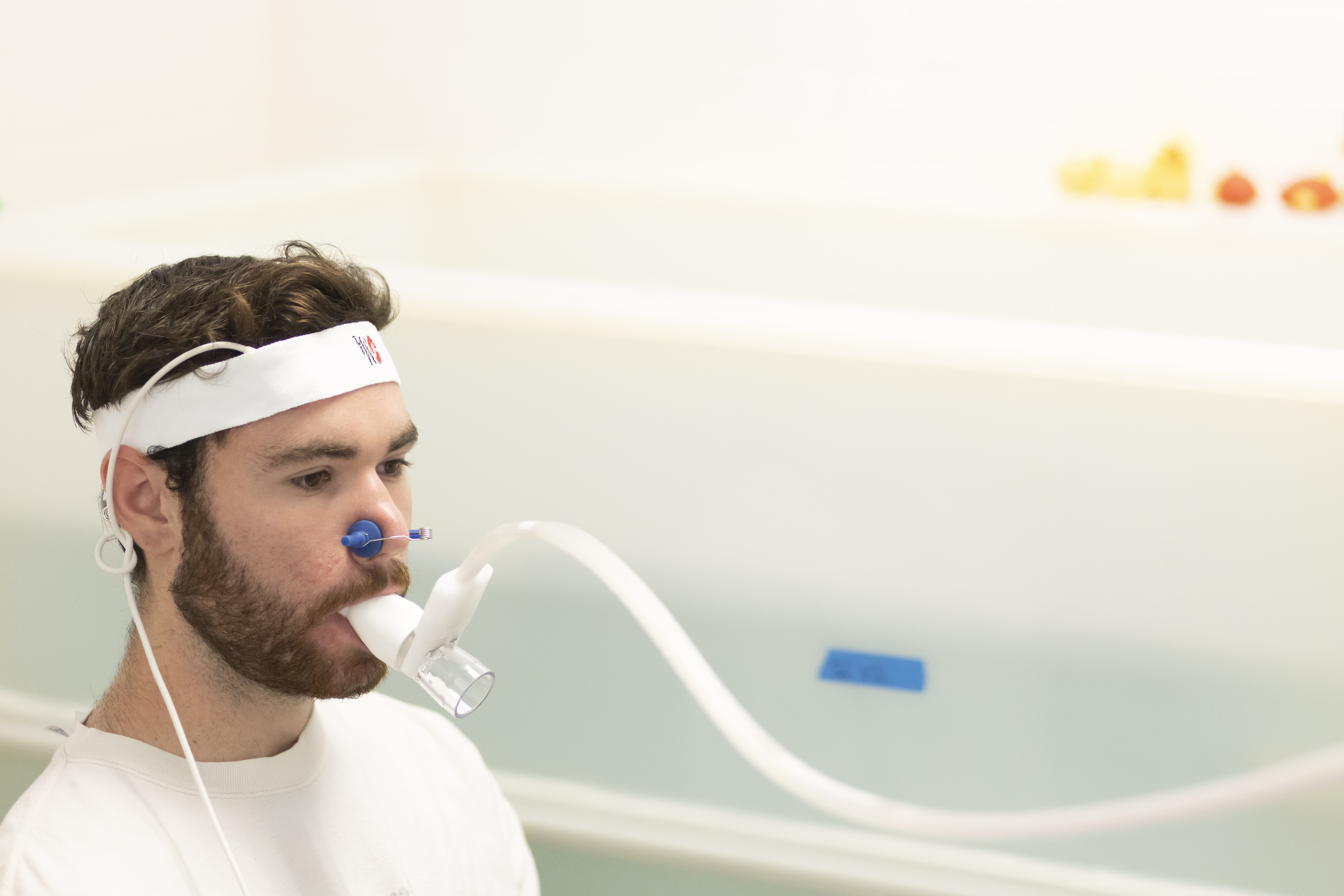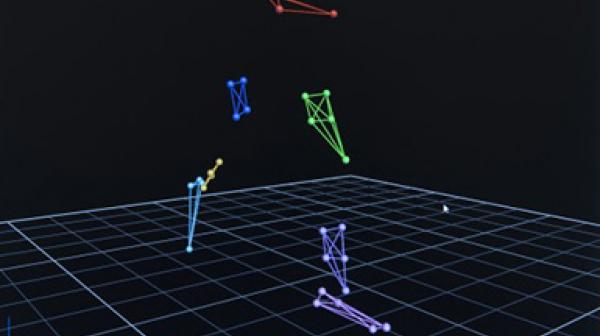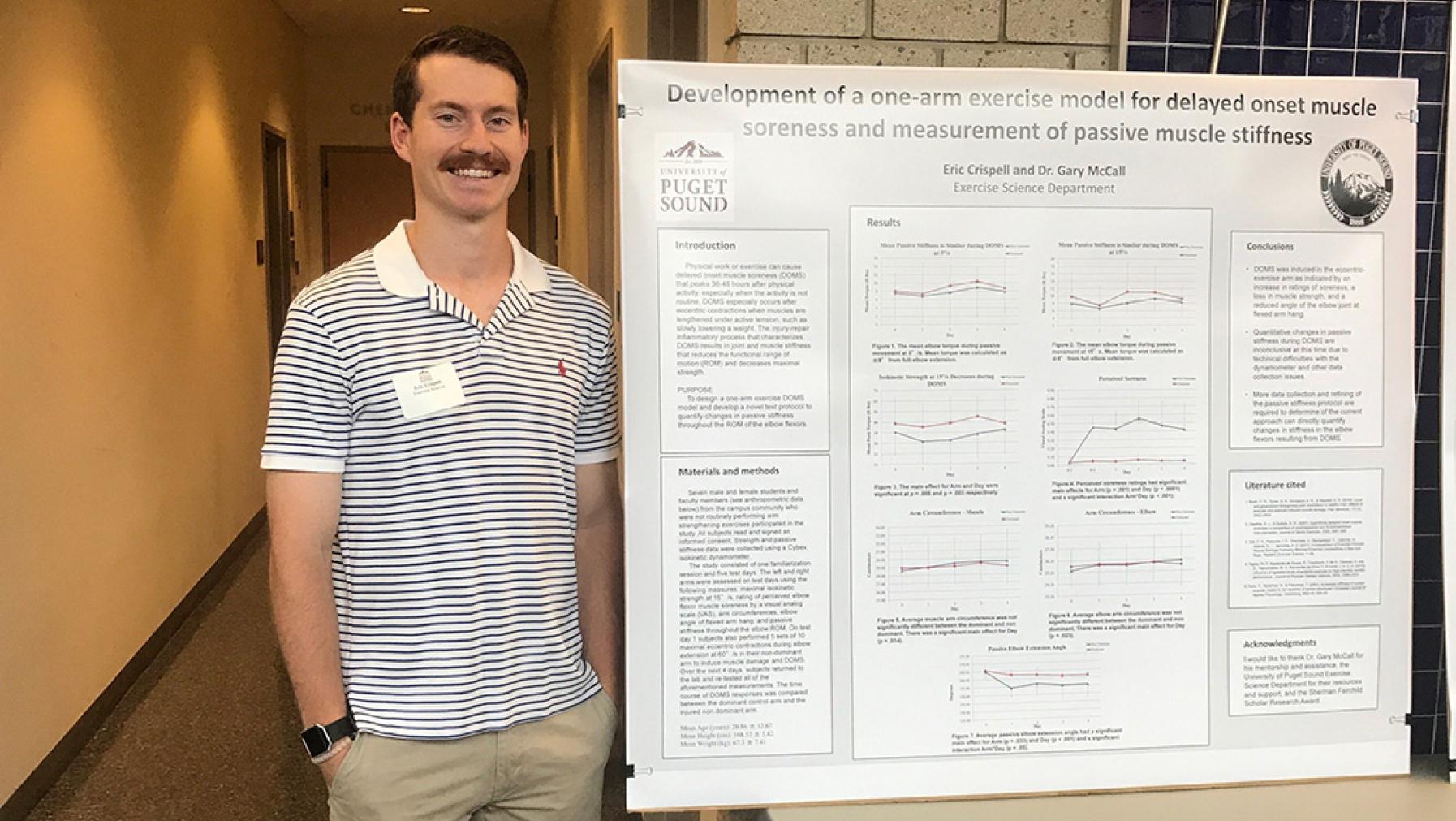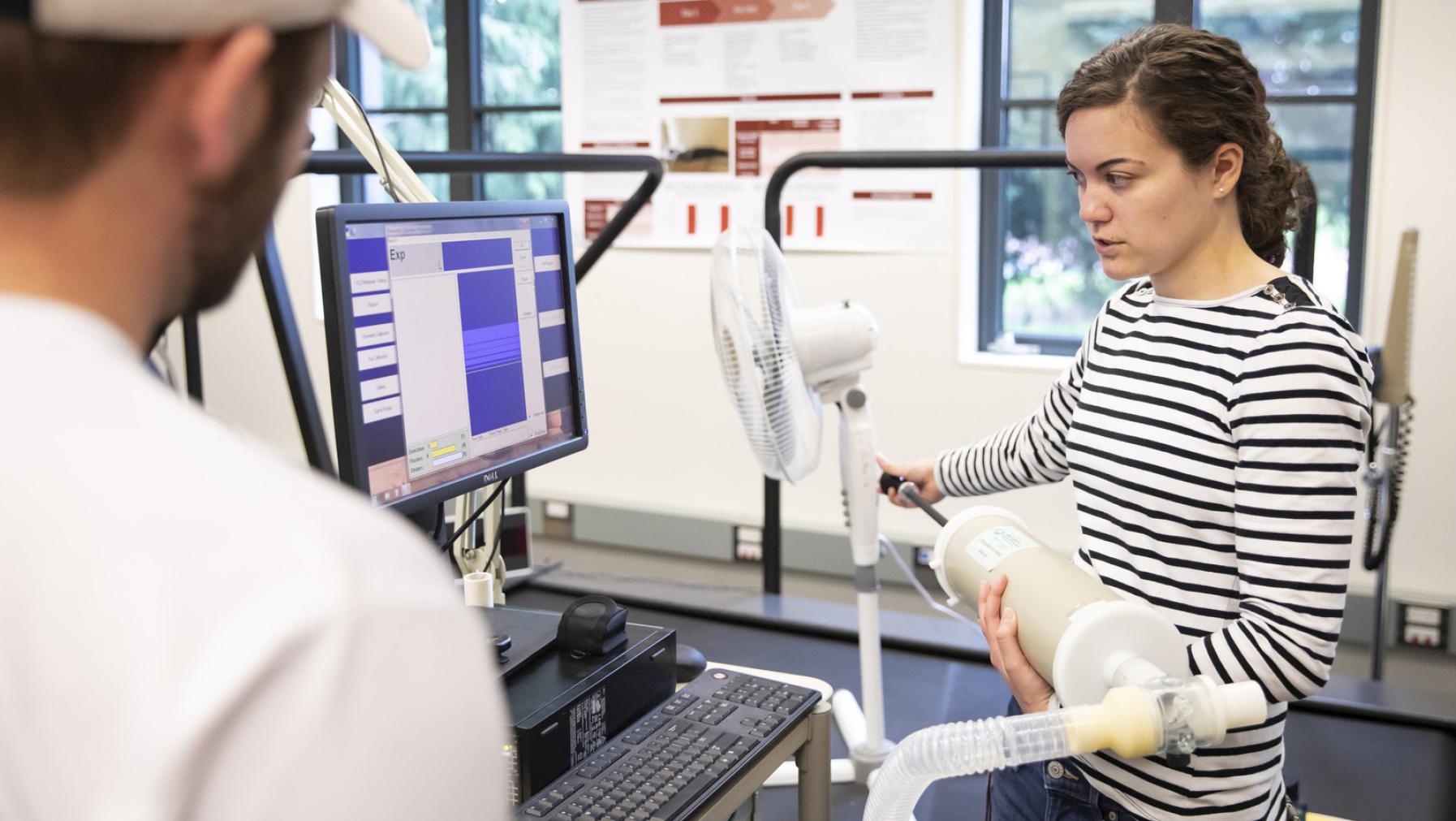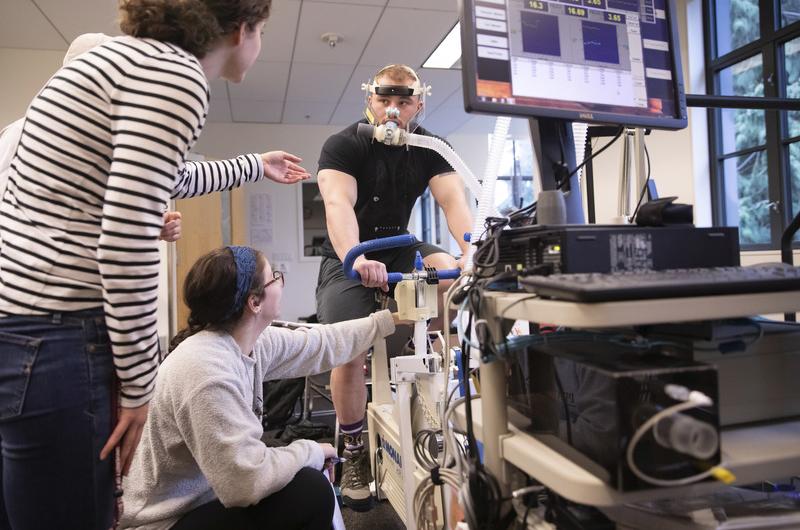WHAT YOU’LL LEARN
- How changes in activity affect muscle properties and function
- How the body responds and adapts to exercise and diet
- The importance of biomechanics from both a clinical and performance perspective
WHO YOU COULD BE
- Exercise physiologist
- Research scientist
- Physician, physician's assistant
- Certified athletic or personal trainer
- Sport or clinical biomechanist
- Physical or occupational therapist
OVERVIEW
How does the structure of the human body explain its function? How do physiological systems respond to exercise and environmental conditions? How does nutrition alter health and human performance? How do your muscles adapt to changes in activity, injury, and disease? How can individuals alter their movement patterns during both sporting and daily tasks to reduce their risk of injury? How can we use research—with both animal and human models—to better answer all of these questions?
Puget Sound’s exercise science department offers students training in exercise physiology, nutrition, neuromuscular adaptation, and biomechanics through a unique emphasis on the scientific approach and development of critical thinking skills. Students engage in the scientific process by learning to ask important questions, acquiring the skills necessary to investigate advanced topics, and gaining the confidence to articulate ideas. At the conclusion of the exercise science curriculum, students are prepared to immediately enter the workforce or to continue their studies toward various graduate degree programs.
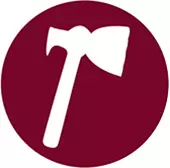
"Lower-division classes gave me the foundation of knowledge, while upper-division classes really gave me an opportunity to apply the scientific method of inquiry."
